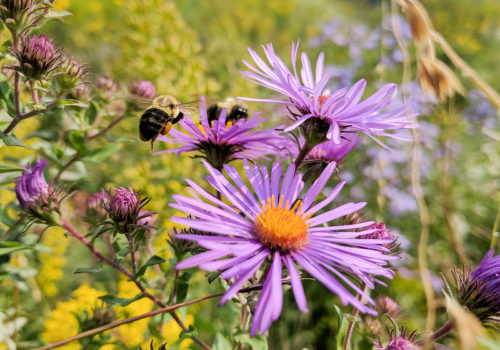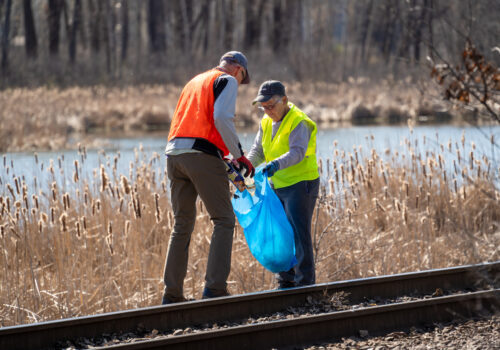News / July 26, 2016
Catching Dragonflies with the Mississippi River Green Team

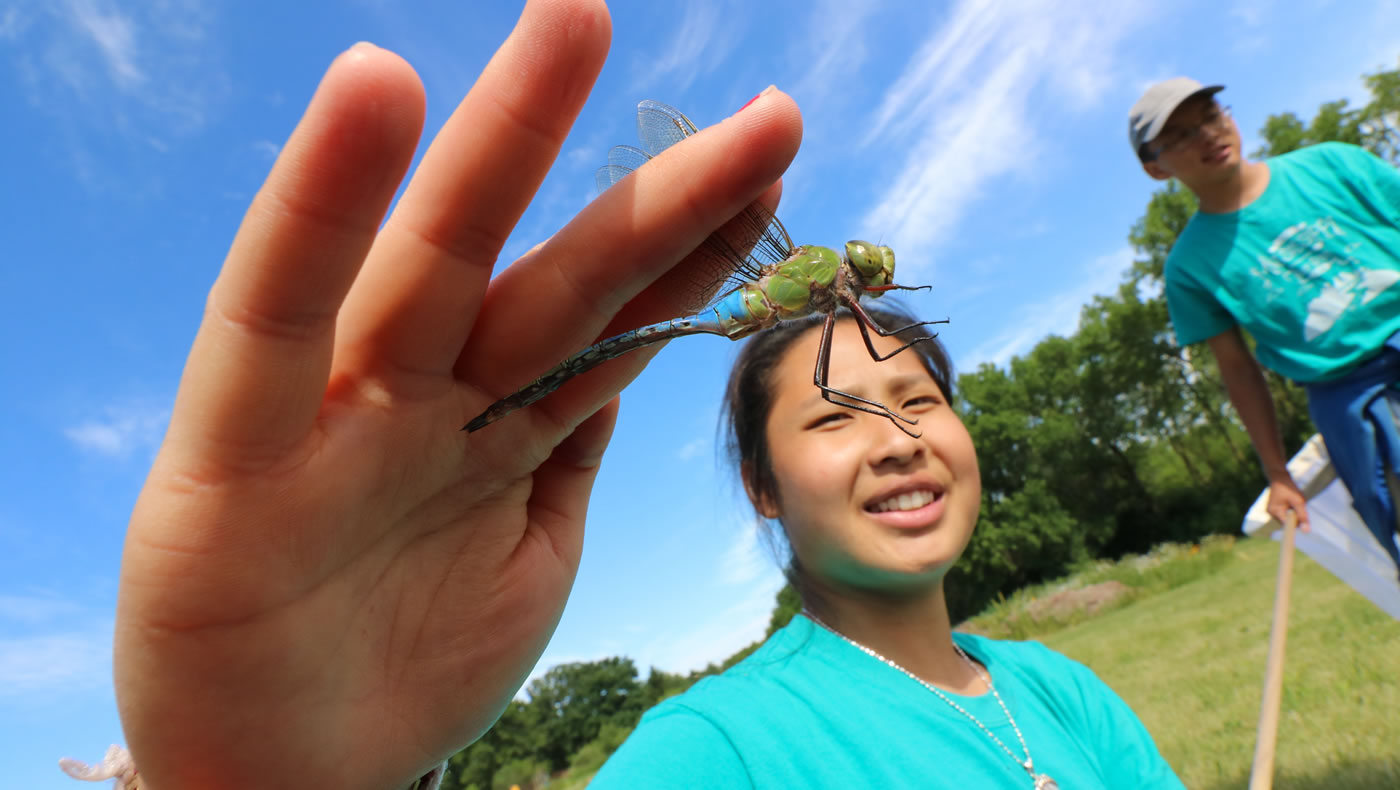
A typical day of a Mississippi River Green Team member consists of working in locations full of fearsome predators: dragonflies!
Dragonflies are insects belonging to the order Odonata, meaning “toothed ones,” referencing the teeth that are used to capture their prey — typically mosquitoes and other small insects. Dragonflies can tell us a lot about the health of our environment. They are known as an “indicator species,” meaning that a decrease in their numbers or species diversity might indicate poor water quality in that area.
Throughout the summer, the Mississippi River Green Team participates in a citizen science project, catching and identifying dragonflies as part of a statewide monitoring program through the Minnesota Dragonfly Society. Its purpose is to collect information on species richness and abundance in certain areas, and to track their presence over time.
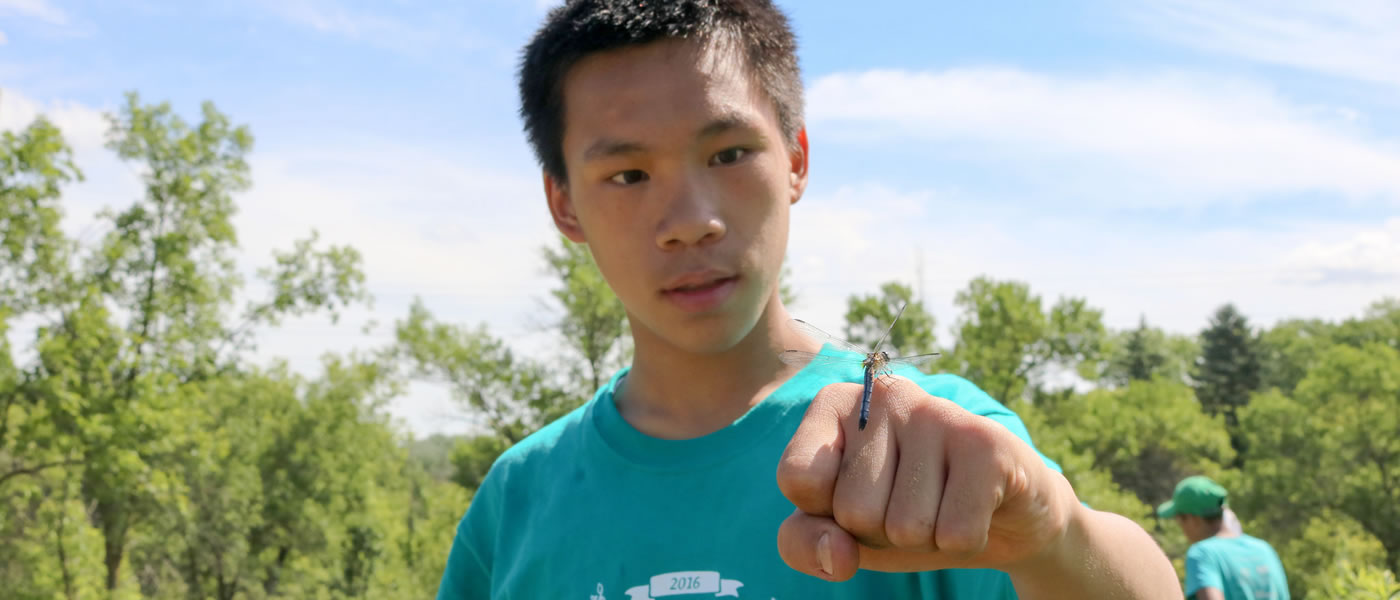
Most people are surprised to learn that dragonflies spend a lot of their life in the water as nymphs before they emerge as an adult dragonfly. Dragonfly nymphs are also fierce predators, hunting for one to three years before maturing into adulthood. Polluted waters can stress this phase of their development, causing them to move away or die, limiting the amount of species that survive to their adult phase.
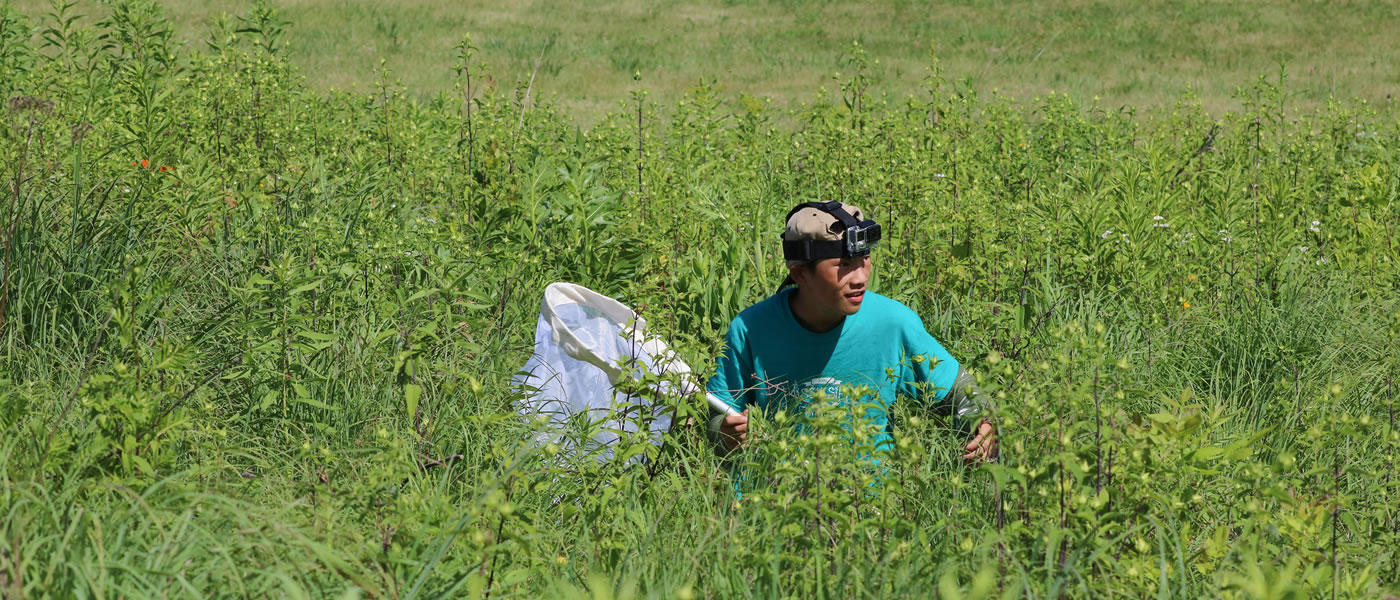
Not all aquatic insects react the same way to pollution. By recording the types of insects found in a waterbody, scientists can use the data to determine the condition of water quality. Some, like leeches, are relatively pollutant-tolerant — i.e., not sensitive to pollution. Others, like the mayfly, are highly pollutant-intolerant. Dragonflies are somewhere in the middle, which makes them a great indicator of general water quality.
Plus, they are fun to catch! Watch this video to see the Mississippi River Green Team in action:


